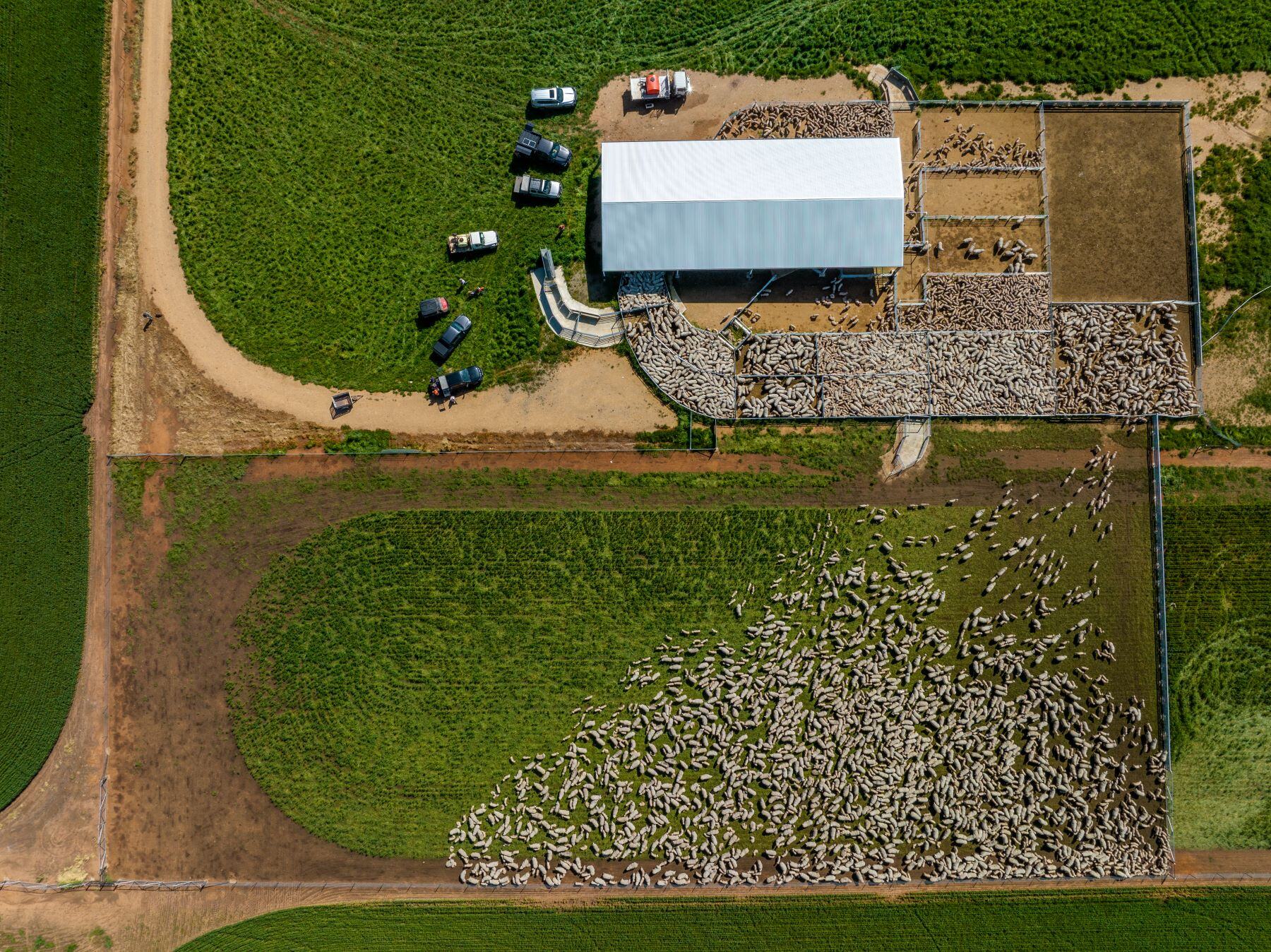The Australian Beef Market in 2025: An Absolute Cracker
In this column in July, the StoneX H2 2025 Australian Cattle & Beef Market Outlook’s bold calls were analysed and assessed for what the final 6...

In 2024 the Australian livestock market has regained much of the ground lost in 2023, and more importantly the industry a level of confidence.
While Victoria, South Australia and Tasmania have had continued poor seasons, Central NSW to Central Queensland has experienced widespread rain and a strong start to the 2024-25 season.
Since it's Spring, I thought I would look at opportunities in the lamb industry.
The Restocker lamb market is chiefly driven by trading opportunities, and heavily influenced by opportunistic buyers who step into the market.
Comparing 2023 to 2024 on AuctionsPlus the number of unique buyers has risen by 32%, clearly showing the renewed confidence buyers looking for opportunity. What’s more, the poor Southern season, has only opened the door for NSW.
Year to date, unique Victorian buyers have dropped by 5% compared to the same period in 2023, while NSW buyers have picked up that slack, rising by 6% to make up 57% of restocker lamb buyers for year so far.
In 2023 the AuctionsPlus Restocker Lamb Indicator fell to its lowest point since inception, for the month of September, the indicator fell to 272c/kg dress weight.
Across the next 12 months, the indicator has since risen 167%, to close off the month of September 2024 at 727c largely thanks to robust export sales and a confidence based on a good season.
To look internationally, lamb meat exports have experienced strong demand.
The September and December quarters in 2023, and the March quarter for 2024 are the three largest quarters of lamb exports on record, shown below in Figure 1.
No doubt attractive pricing on a global scale, coupled with rising US beef prices have seen protein demand flow from beef to lamb; and I expect this demand to remain buoyant.
Figure 1.
The national flock tells two tales. The flock has grown consistently year on year, since 2020 when the flock was at 64 million head , to its peak at 78m in 2023.
Since then, large slaughter has seen numbers reduce steadily with MLA projections of the flock at 76 million head in 2024 and then further down to 72 million head in 2025, shown in Figure 2.
However, we are set to see supply begin to tighten. Sheep slaughter according to NLRS has hit 7.8m for the calendar year, and I estimate that a further ~2.2m head could have the calendar year of 2024 hit a record of 10m head for sheep slaughtered, with MLA projecting a slaughter of 11m head in 2025.
The sheep slaughter hitting more than 2m head a quarter equates to the flock being in liquidation, which we have seen at every quarter since December 2022, shown in Figure 2.
A retracting national sheep supply flock is expected, thus a reduction in lambs produced.

Figure 2.
What does renewed buyer interest, strong lamb meat demand, and a shrinking sheep flock mean for restocker lamb prices?
Looking forward, there is opportunity for lamb traders who have grass and feeders available.
The restocker indicator is currently sitting just below the five-year average shown in Figure 3.
As numbers and volume hit the market in Spring 2024, there will be opportunity to buy well, however, overall lamb restocker prices should remain stable. Further to this, supply constraints and overseas demand in 2025 should result in buoyant prices for heavy lambs.

Figure 3.
Tom Rookyard is the General Manager at Ottley Livestock Finance.
.jpg)
In this column in July, the StoneX H2 2025 Australian Cattle & Beef Market Outlook’s bold calls were analysed and assessed for what the final 6...
.png)
Each December we save the last article of the year for a bit of a crystal ball gaze, as we try to bring together market fundamentals and work out...
.png)
Australia’s wool market posted another strong performance this week, with all micron categories attracting solid support across the three selling...